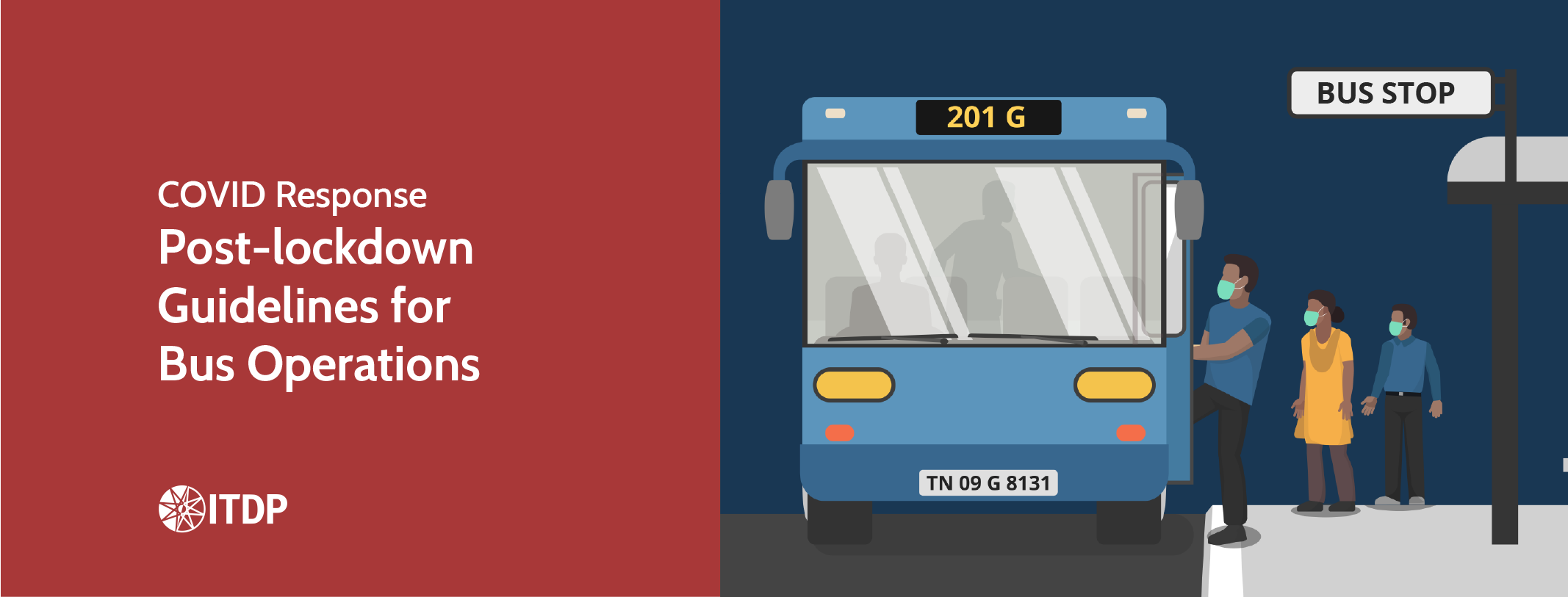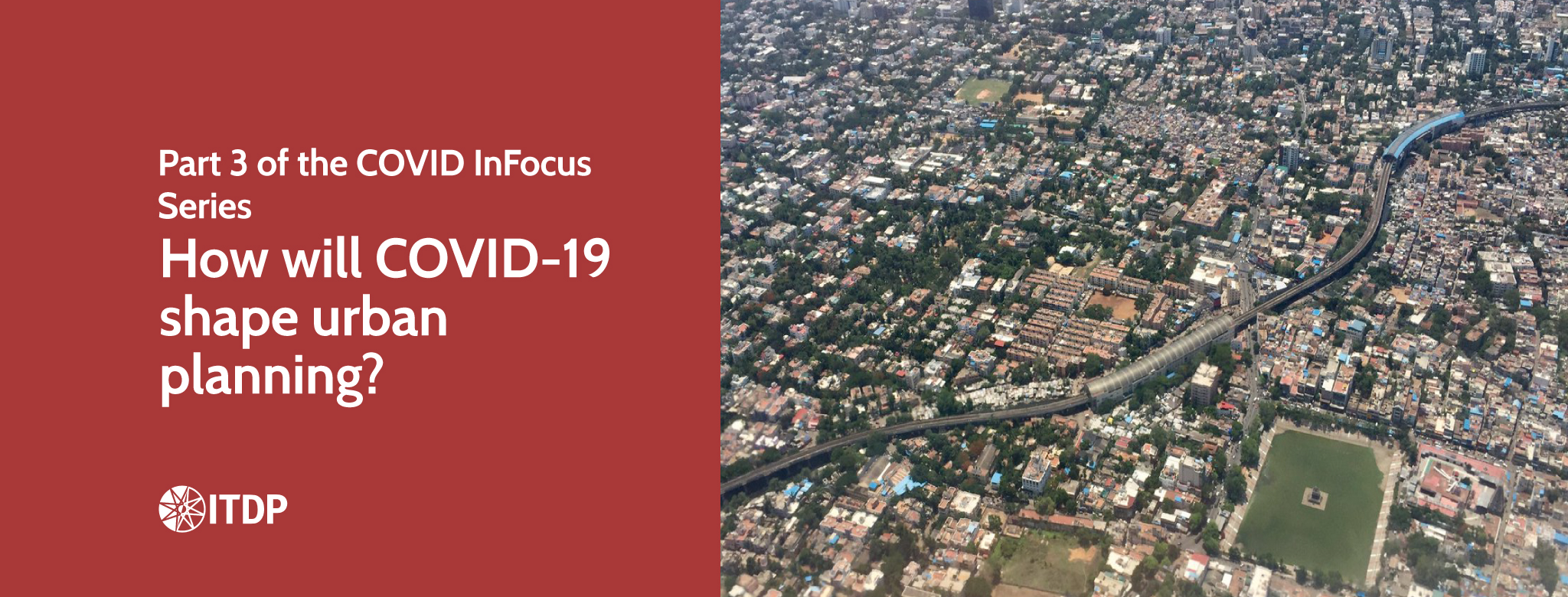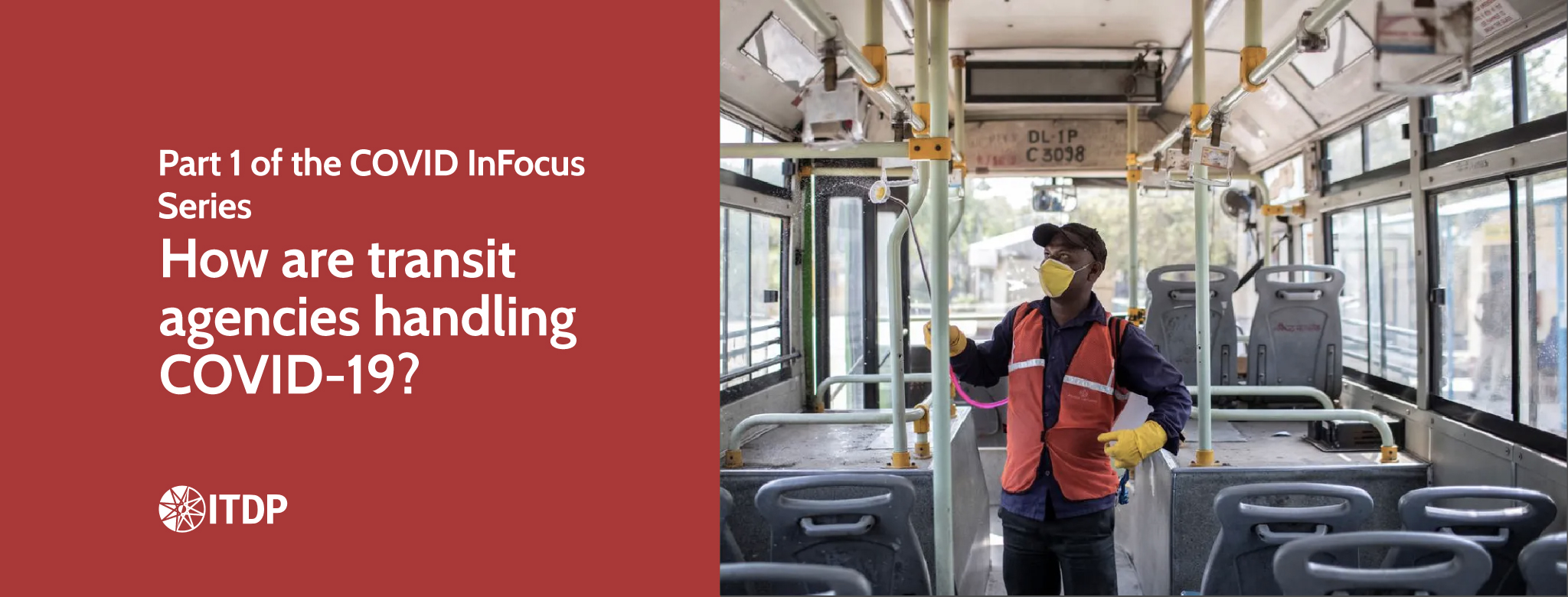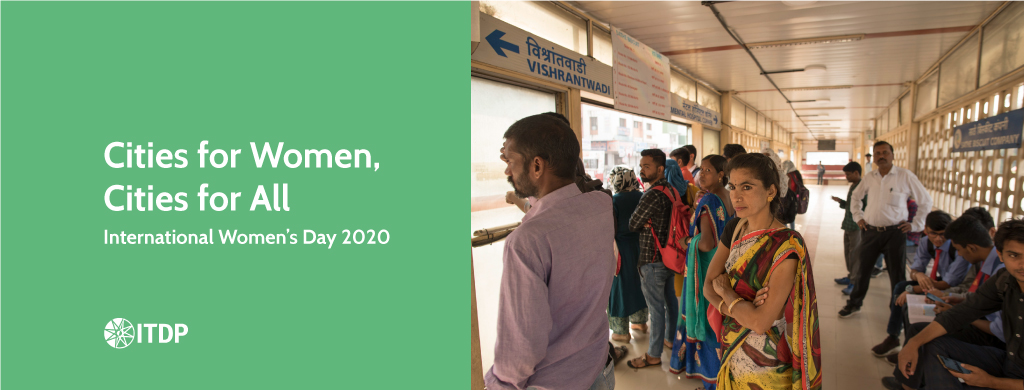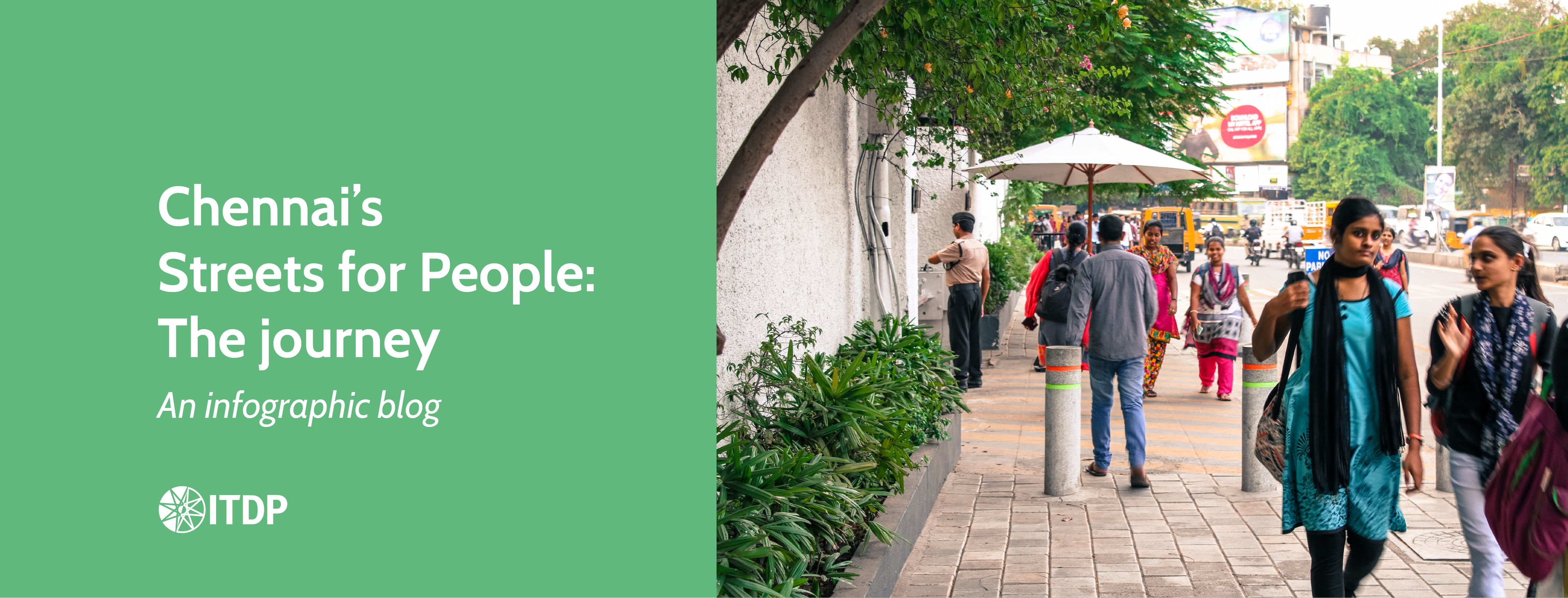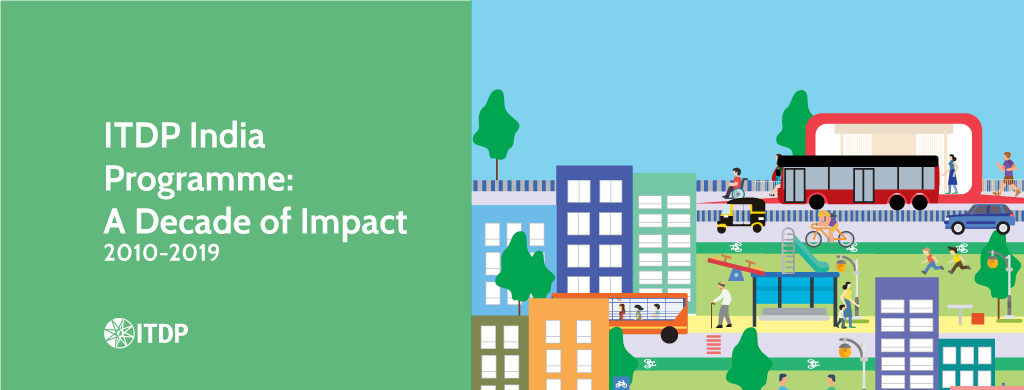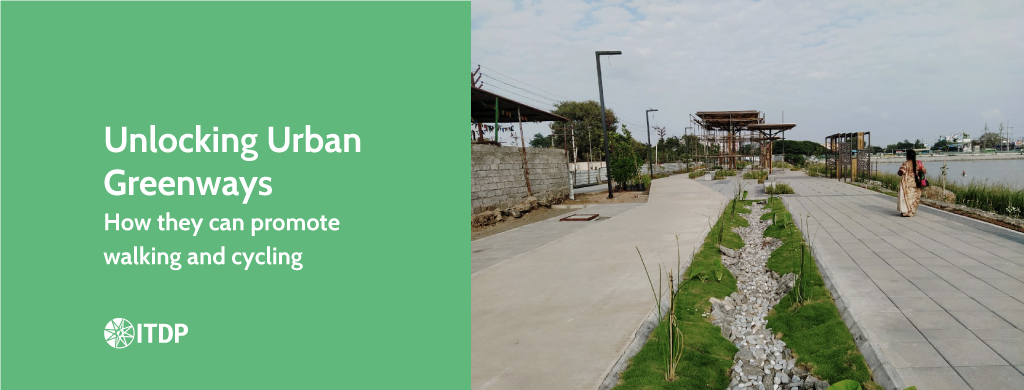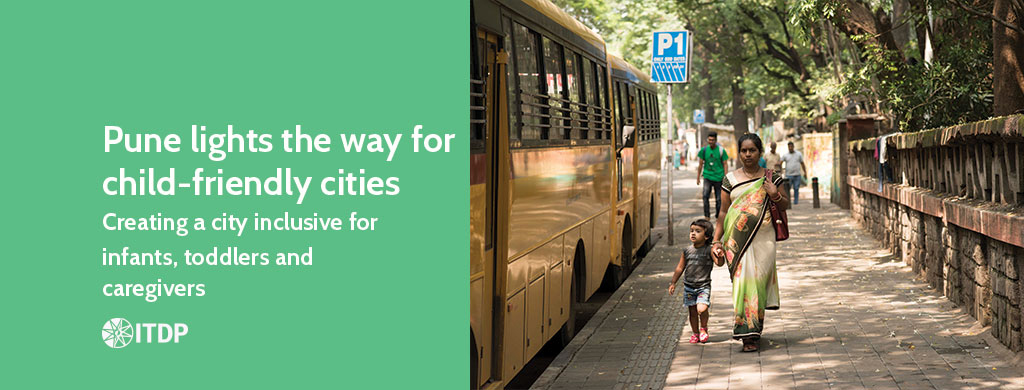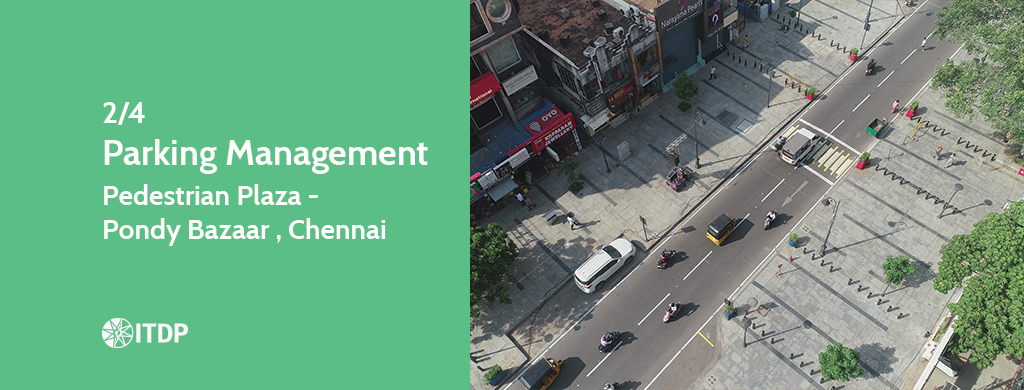An infographic blog
The COVID-19 outbreak has posed unprecedented challenges for public bus users and service providers. To help build their resilience during this pandemic, ITDP India Programme has prepared a simple step-by-step guidelines document for the public bus service providers in India– providing recommendations to ensure the smooth and safe functioning of our city bus services.
With a fleet of 1.4 lakh buses, the public bus services in India serve nearly 7 crore passengers everyday and operate over 1645 crore km annually. These guidelines will help them bounce back after the lockdown and serve the people safely.

Designed by: Aishwarya Soni
Guidelines prepared by: Anuj Dhole, Kawin Kumaran, Vaishali Singh, Sivasubramaniam Jayaraman




